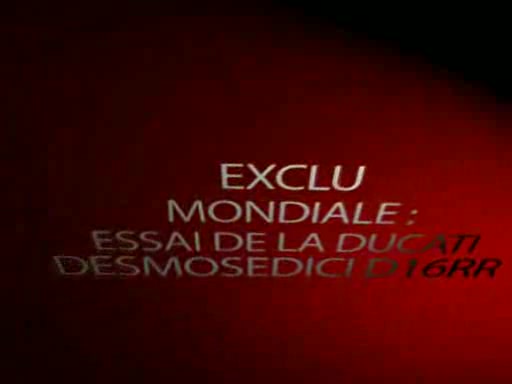

1 – 3 The remodeling phase occurs over months.

3 The balance of synthesis and the disintegration of cell types is essential to provide optimal wound healing. 3 Furthermore, vascular cells and the myofibroblasts degrade in an organized fashion. During the remodeling phase, the ECM and granulation tissue degrade via proteases, while mature Type I collagenous matrix and scar tissue form. 1 Then, fibroblasts convert into myofibroblasts, which are responsible for wound contracture. 2 The proliferative phase will occur over subsequent weeks. Next, re-epithelization occurs due to the recruitment of keratinocytes. 2 Within the ECM, Type III collagen is present at this stage of healing. 1, 2 Endothelial cells, macrophages, and fibroblasts are present to help create granulation tissue, new vasculature, and the extracellular matrix (ECM) that will replace clot in the wound and help migrating cells adhere and function. 1 Additionally, different subtypes of leukocytes that secrete growth factors, as well as chemotactic proinflammatory cytokines that recruit cell types needed for the proliferative phase, are also present in this phase. 1 The inflammatory phase occurs over, on average, three days.

2 In this phase, neutrophils are the first to be seen active at the injury site to rid the area of debris and possibly infectious material. 2 Key chemical mediators include transforming growth factor beta (TGF-β), interleukin-1 (IL-1), interleukin-6 (IL-6), tumor necrosis factor (TNF), and vascular growth factor (VEGF). 1 After injury to the skin, exposed elements in various layers of the skin, in addition to vasoactive and inflammatory chemical mediators, contribute to clot formation for hemostasis and attract inflammatory cells to the site for the inflammatory phase. Scar formation occurs over distinct phases, including hemostasis, inflammation, proliferation, and remodeling.

Keylord redis skin#
The primary goal in the clinical management of skin wounds, whether unintended or iatrogenic, is to aid the natural dynamic process of wound healing to re-establish baseline skin integrity, function, and aesthetics. Stronger evidence with high-fidelity randomized clinical trials will be needed to determine the optimal therapy regimens for keloids. Despite the growing literature investigating reliable methods for keloid management, there are no standardized guidelines or treatment protocols supported by academic governing bodies. The purpose of this report is to examine the current literature and review the mechanisms of action, efficacy, and side effects of different keloid therapies. Procedural focused therapies, such as cryotherapy and lasers, have also found a role in reducing keloid symptomatology. In addition to conducting research refining the use of common therapies, such as steroids and radiation, clinicians have evaluated the potential of anti-inflammatory and chemotherapeutic molecules to suppress keloid recurrence. Though limited, current knowledge of keloid pathophysiology has guided clinicians to explore novel therapies for keloid prevention and treatment. Inflammatory mediators- namely, transforming growth factor beta-have been proposed to influence the dysregulation of collagen remodeling in the scar healing process. Keloid formation is theorized to occur as a result of an imbalance between an increased synthesis of collagen and extracellular matrix and decreased degradation of these products. Keloids are abnormal scars that cause significant emotional and physical distress in patients when inadequately treated.


 0 kommentar(er)
0 kommentar(er)
